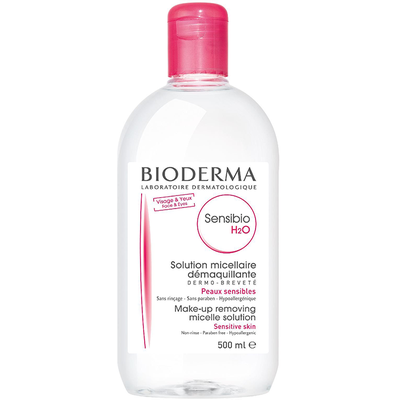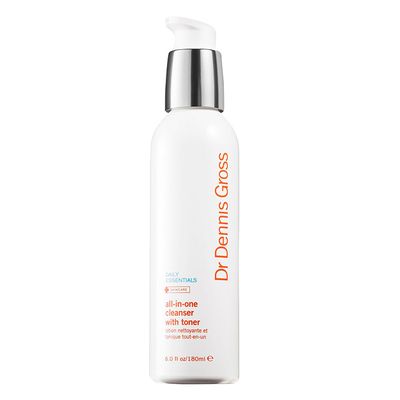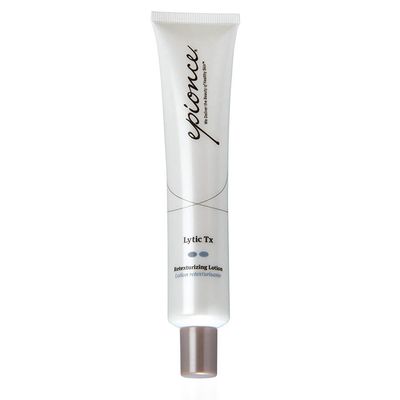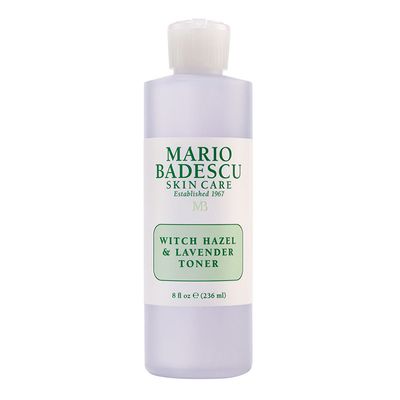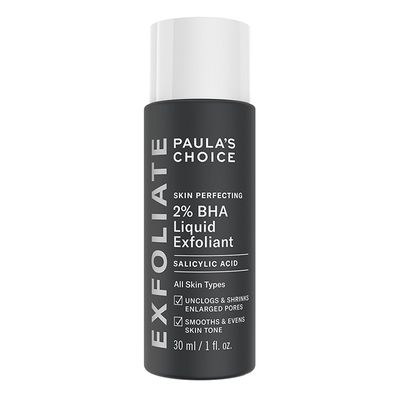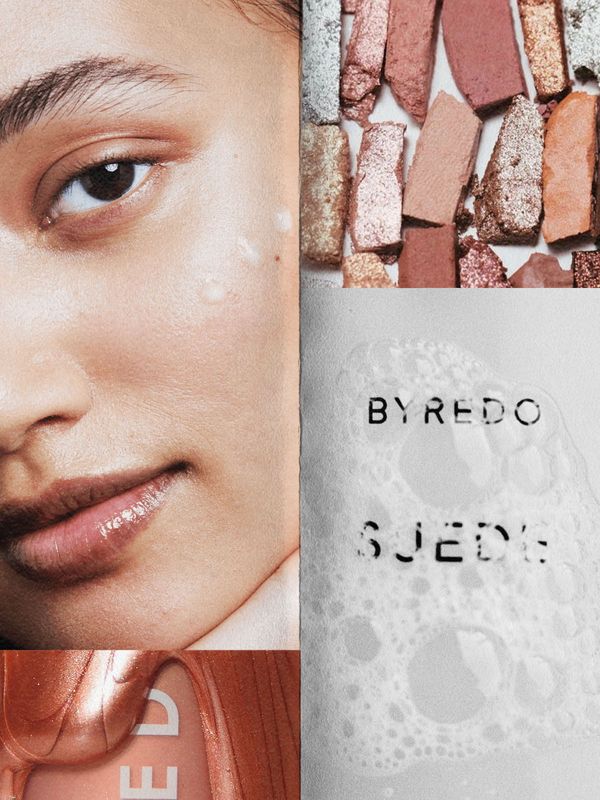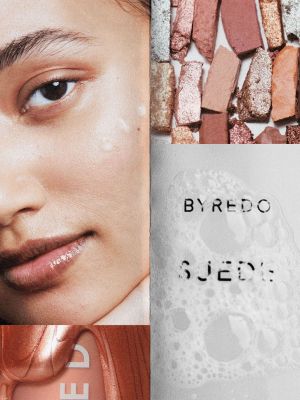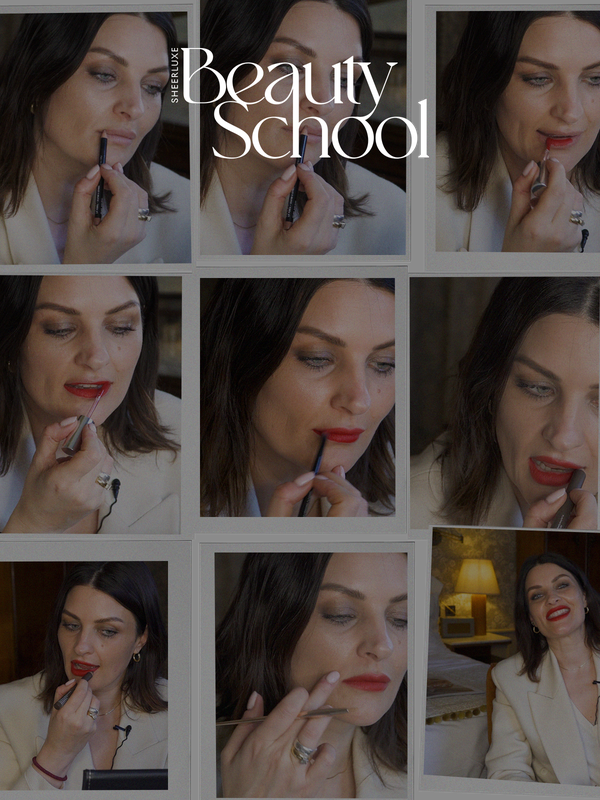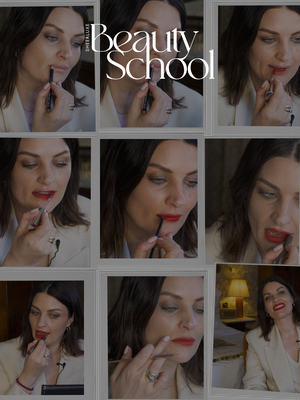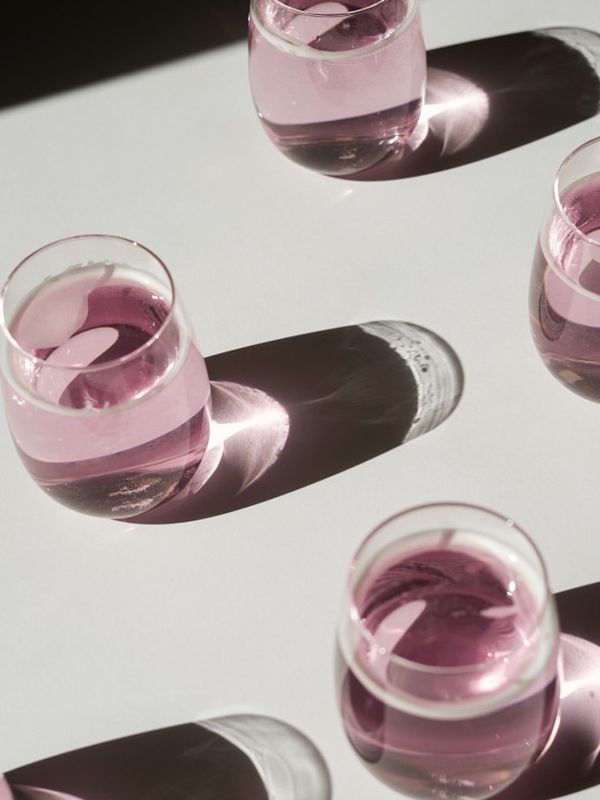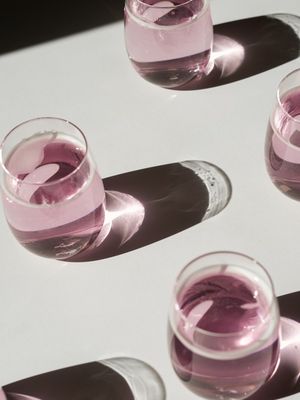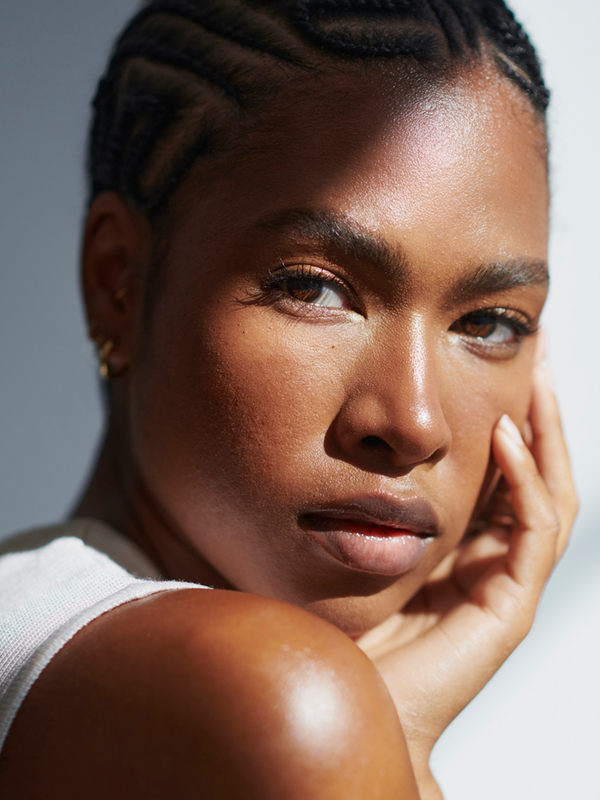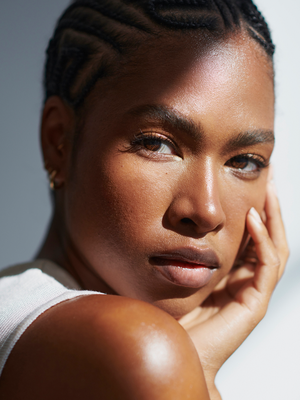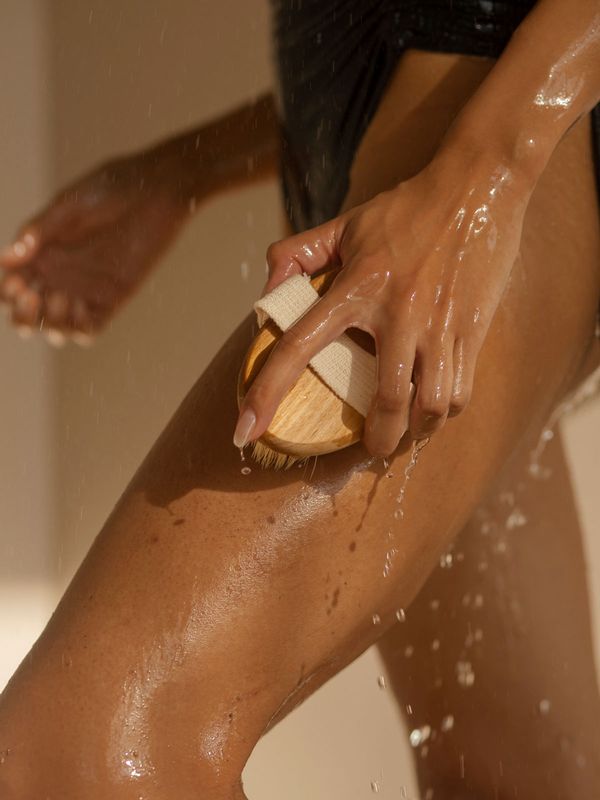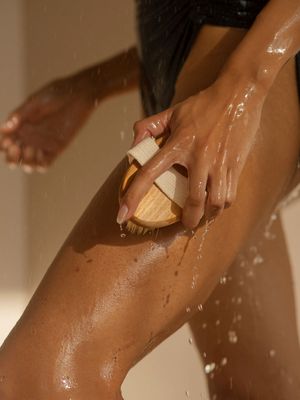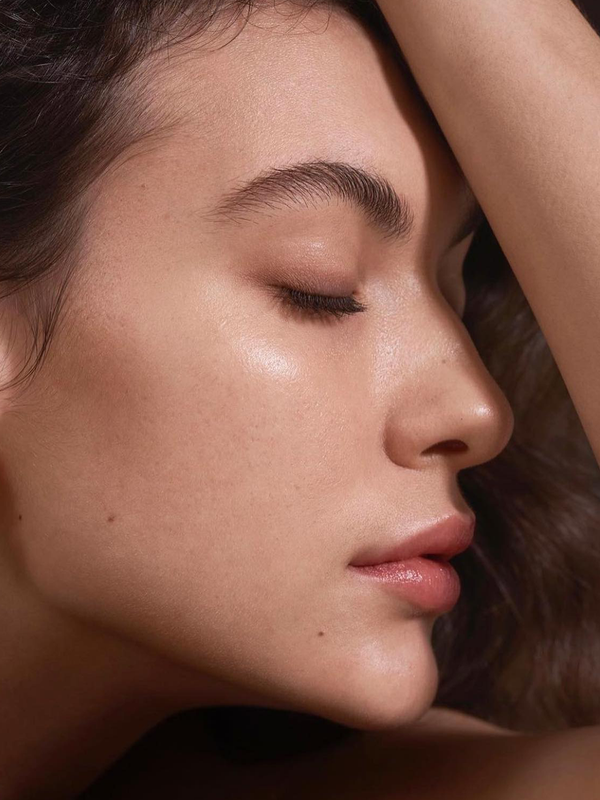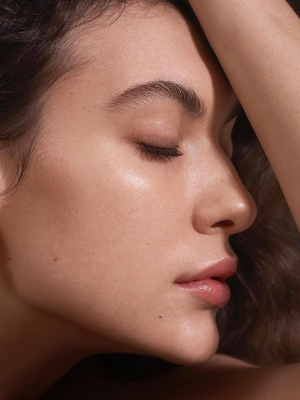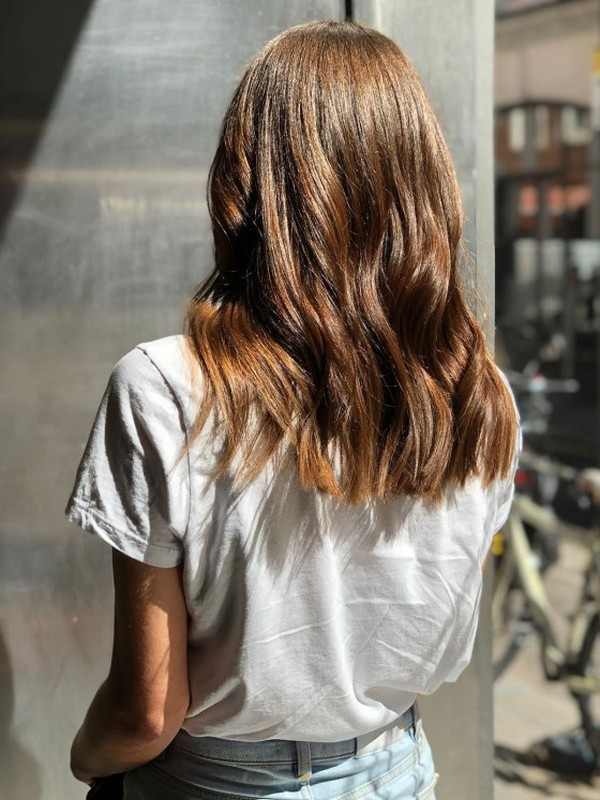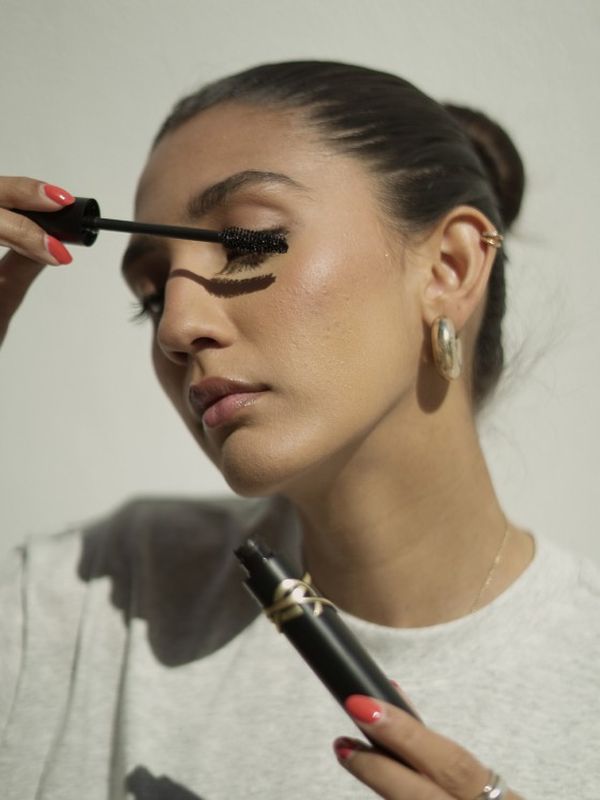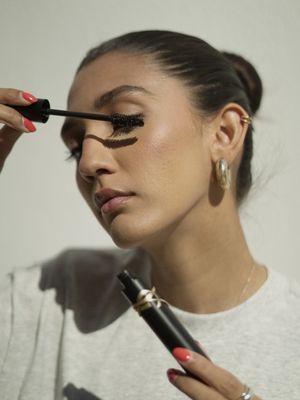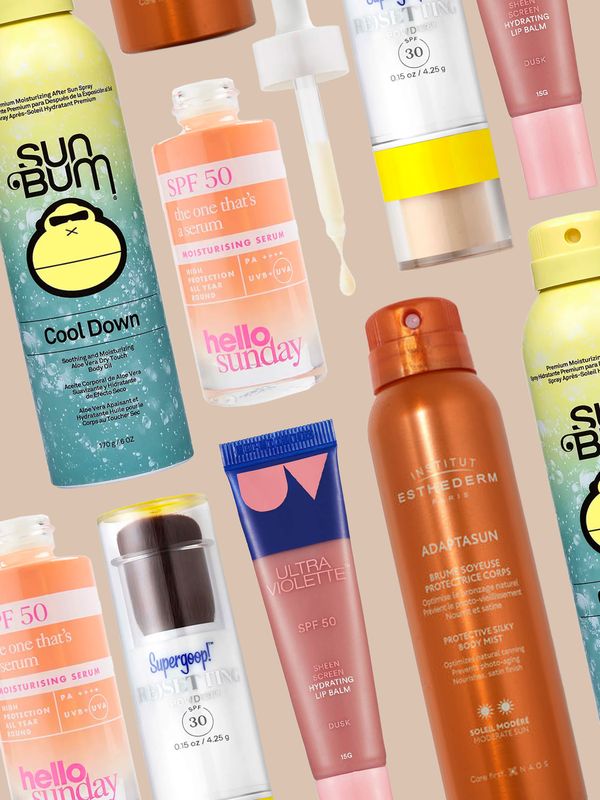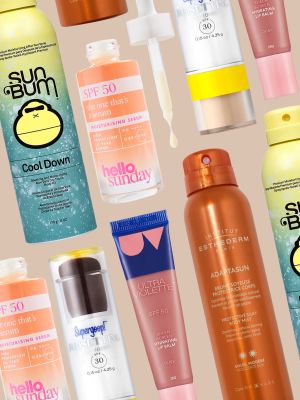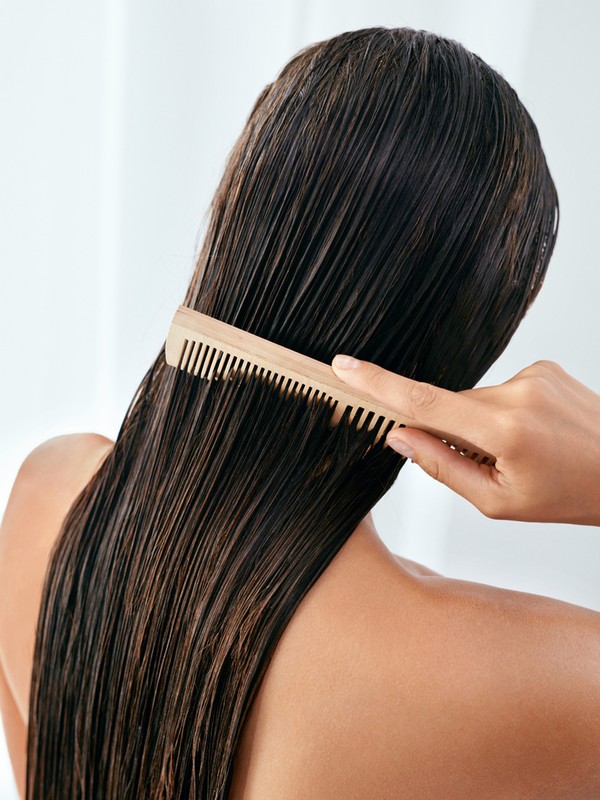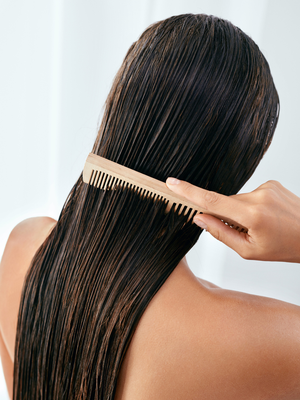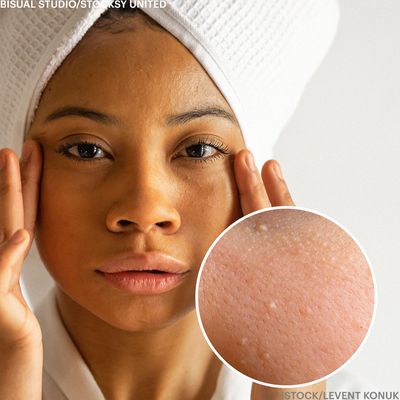
Milia: What They Are & How To Get Rid Of Them
All products on this page have been selected by our editorial team, however we may make commission on some products.
Let’s start with the obvious: what causes milia?
“Milia are compacted keratin and sebaceous material trapped underneath the skin and often look like a small piece of rice. The reason they appear is a result of dead skin building up and getting trapped in the pores near the surface of the skin. When they aren’t expelled naturally, or cleansed away, they appear like small white spots or bumps, occurring at points where the skin cells have formed a roof over the pores, making it impossible for the content to drain to the surface. They can often pop up for no reason, so don’t be alarmed if they do – they aren’t indicative of any specific health concerns.”
Are certain skin types more affected than others?
“No, in fact, they can happen to just about anyone – regardless of age or skin type, it’s why they’re one of the most common skincare issues out there. That said, they’re more prevalent in those with sun-damaged skin, as well as new-born babies (hence their nickname: milk spots).”
Where are milia most likely to appear?
“Typically, you’ll find milia appears on your cheeks and also around the nose, but they’re commonly found under the eyes, too. The reason for the latter is often courtesy of your skincare. When certain formulas don’t penetrate properly, milia can form, as the eye area doesn’t have oil glands, so things become really easily congested. It’s often why you’re better off using thinner formulations in this area, and nothing too occlusive or heavy that will just sit on the skin’s surface. Avoid using products that are too oily, as well – these can clog up sweat ducts on your skin and lead to an outbreak of milia.”
Skincare products aside, are there any other ways to prevent milia forming?
“The short answer is no, but luckily there is plenty you can do to get rid of them when they do appear. Often mistaken for whiteheads, milia are keratin-filled cysts that can be either removed by an experienced skin professional, or by simply changing your current routine – which method you choose depends on how stubborn your milia are. One thing you must never do is confuse them with ordinary spots, as they cannot be squeezed; any attempt to do so will cause the area to inflame, and likely worsen their appearance. Typically, we recommend leaving milia well alone because nine times out of ten, they will disappear on their own.”
You mention tweaks, how should you adapt your regime?
“If you’re prone to milia, look for cleansers that contain salicylic acid and ingredients like witch hazel. Both will help to remove and break down dead skin cells, and that includes milia. Another good treatment for milia is the Epiconce Lytic Lotion. It’s brimming with salicylic, but also azelaic, acids which gently exfoliate surface skin cells and unblock the pores. Don’t underestimate a good exfoliation – it’ll work wonders to prevent milia from reoccurring in the future. Just remember to look for exfoliants that include AHAs – this will ensure you see optimum results.”
If you did want to go pro, what treatments are on offer?
“If the milia are really stubborn, always seek help from a professional. This type of treatment will usually require an incision, especially when the cysts are deep below your skin’s surface. This will be done carefully by using a sterile needle to gently lift the contents out. It’s pretty painless, as the milia itself areso small and thin, so you don’t need to worry about downtime either. An alternative to this treatment is to break the skin with short wave diathermy, though this can be more traumatic than just using a needle. The best thing about professional treatments is the results are instant. You’ll notice the milia will be gone by the time you’re finished, or at the very least, significantly minimised. A final thing to note is milia cannot spread, so don’t worry about it being contagious, though it’s not uncommon for it to crop up in several areas at once.”
Considering Going Pro? Check Out These Top Destinations For Milia Treatment:
-
Sk:n Clinics, Nationwide, SknClinics.co.uk
-
Sarah Chapman London, 259 Pavilion Rd, Chelsea, SarahChapman.com
-
Harley Street, 6 Harley Street, London, HarleyMedical.co.uk
-
Dr Anjali Mahto, Consultant Dermatologist, 55 Harley Street, DrAnjaliMahto.co.uk
-
The Cadogan Clinic, 120 Sloane Street, Chelsea, London, CadoganClinic.com
Shop Dr Mervyn’s Product Picks For Minimising Milia…
DISCLAIMER: Features published by SheerLuxe are not intended to treat, diagnose, cure or prevent any disease. Always seek the advice of your GP or another qualified healthcare provider for any questions you have regarding a medical condition, and before undertaking any diet, exercise or other health-related programme.
DISCLAIMER: We endeavour to always credit the correct original source of every image we use. If you think a credit may be incorrect, please contact us at info@sheerluxe.com.

